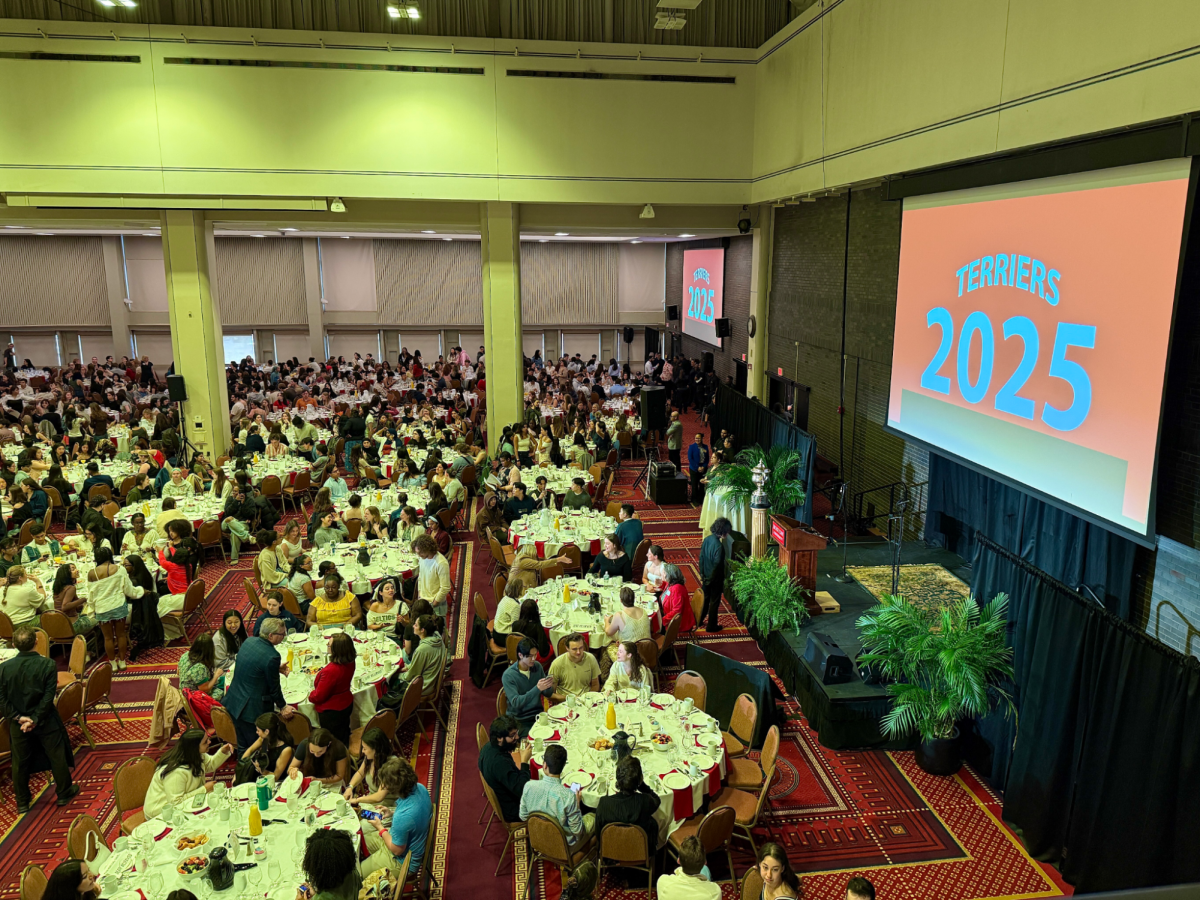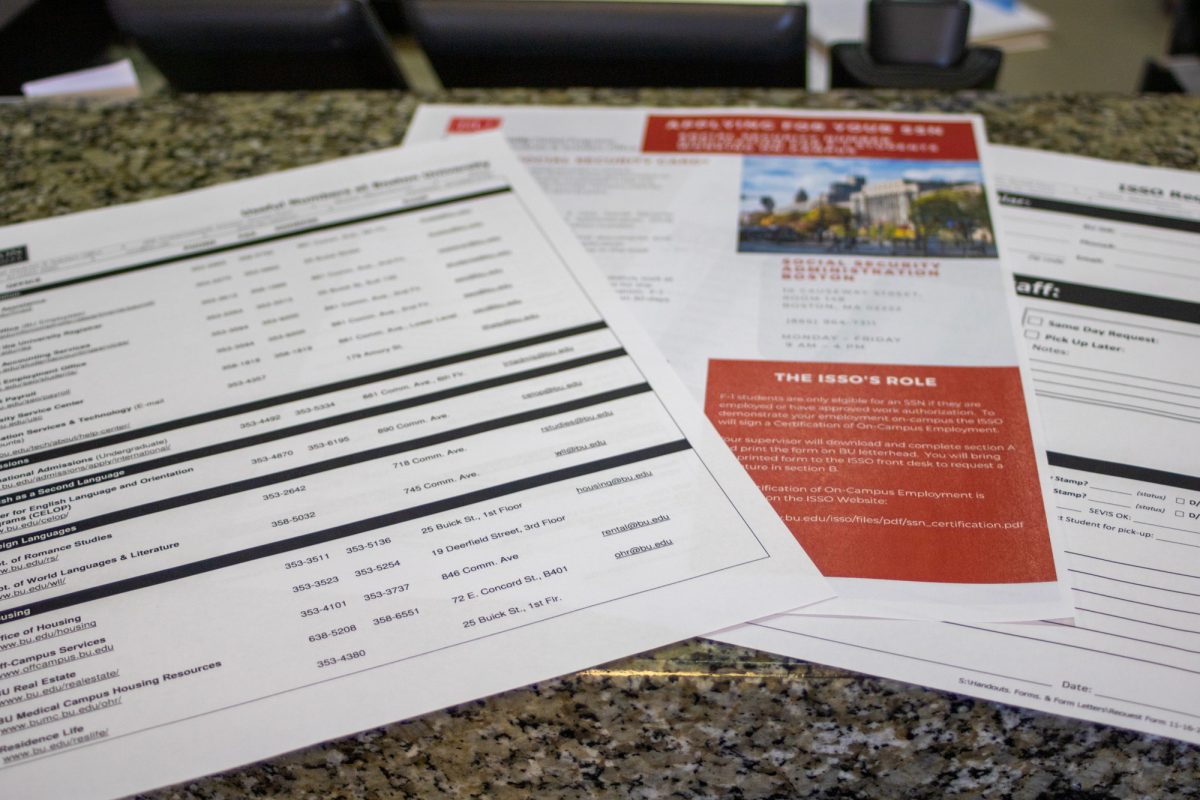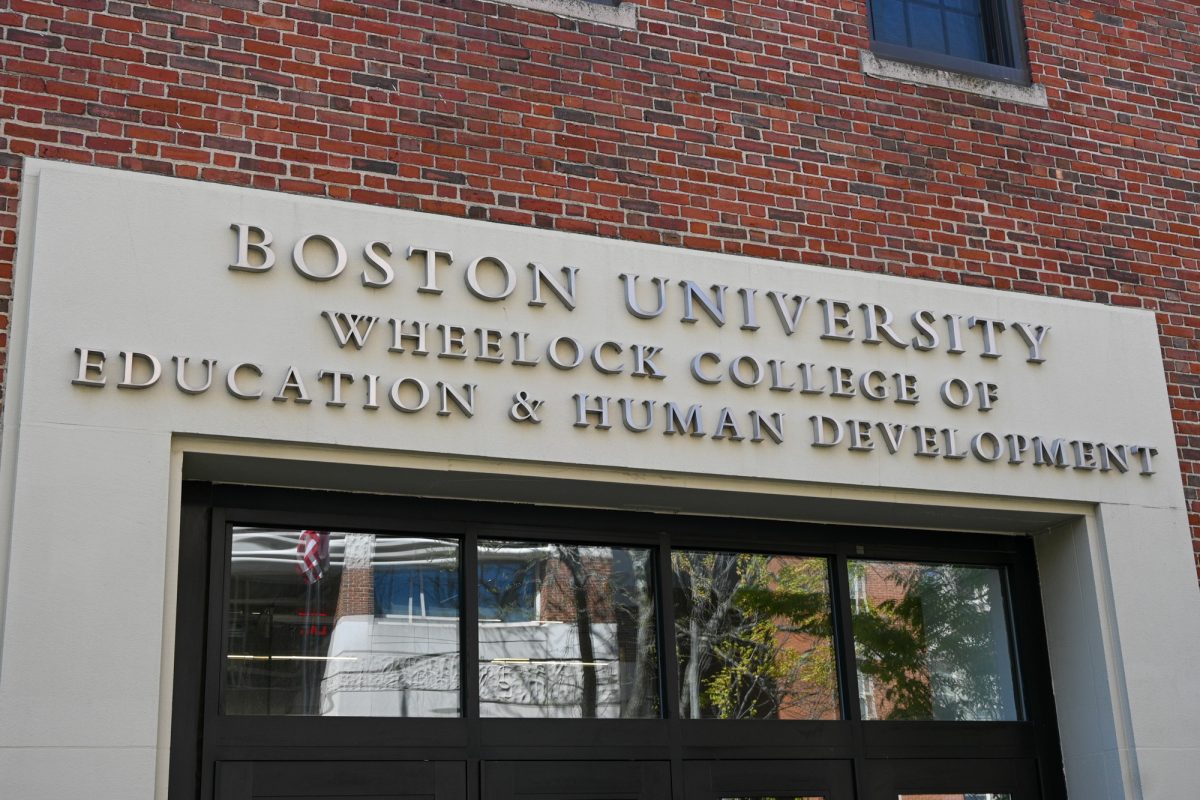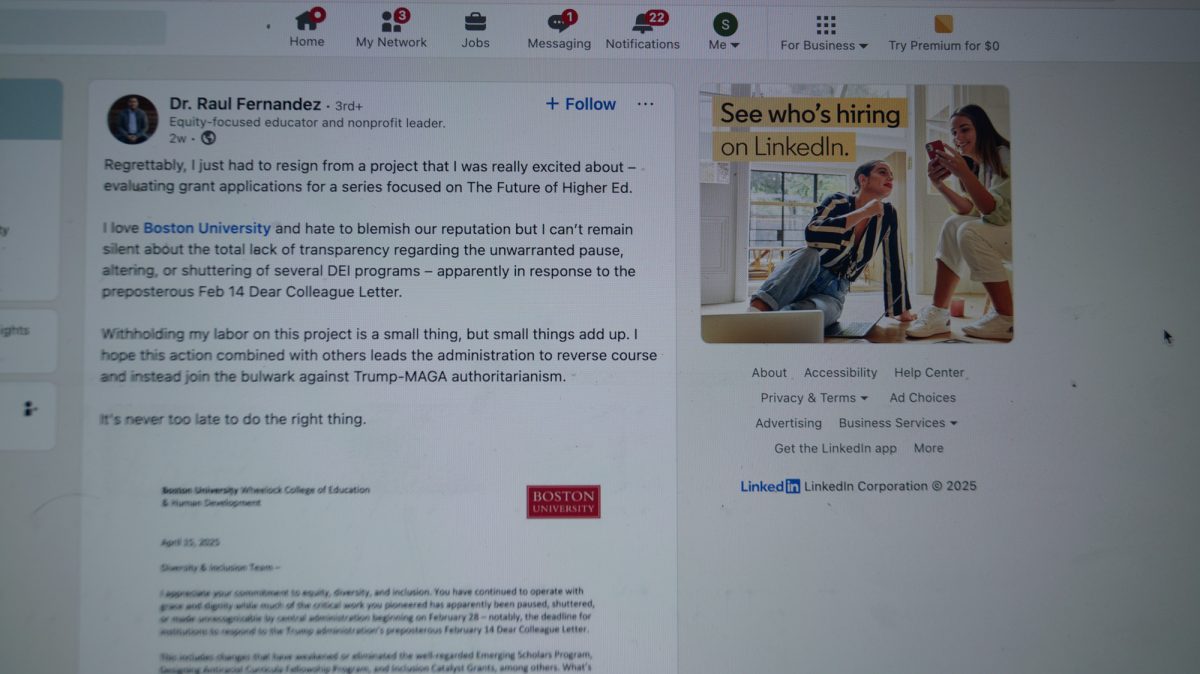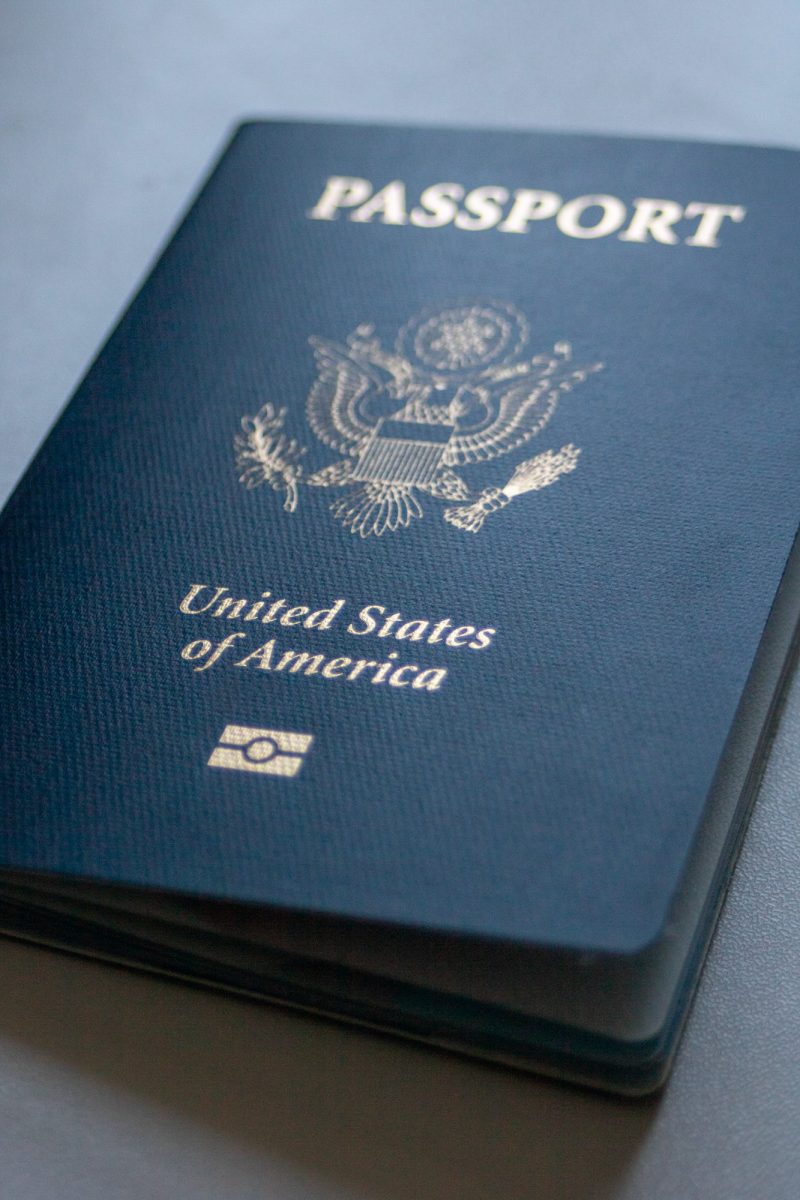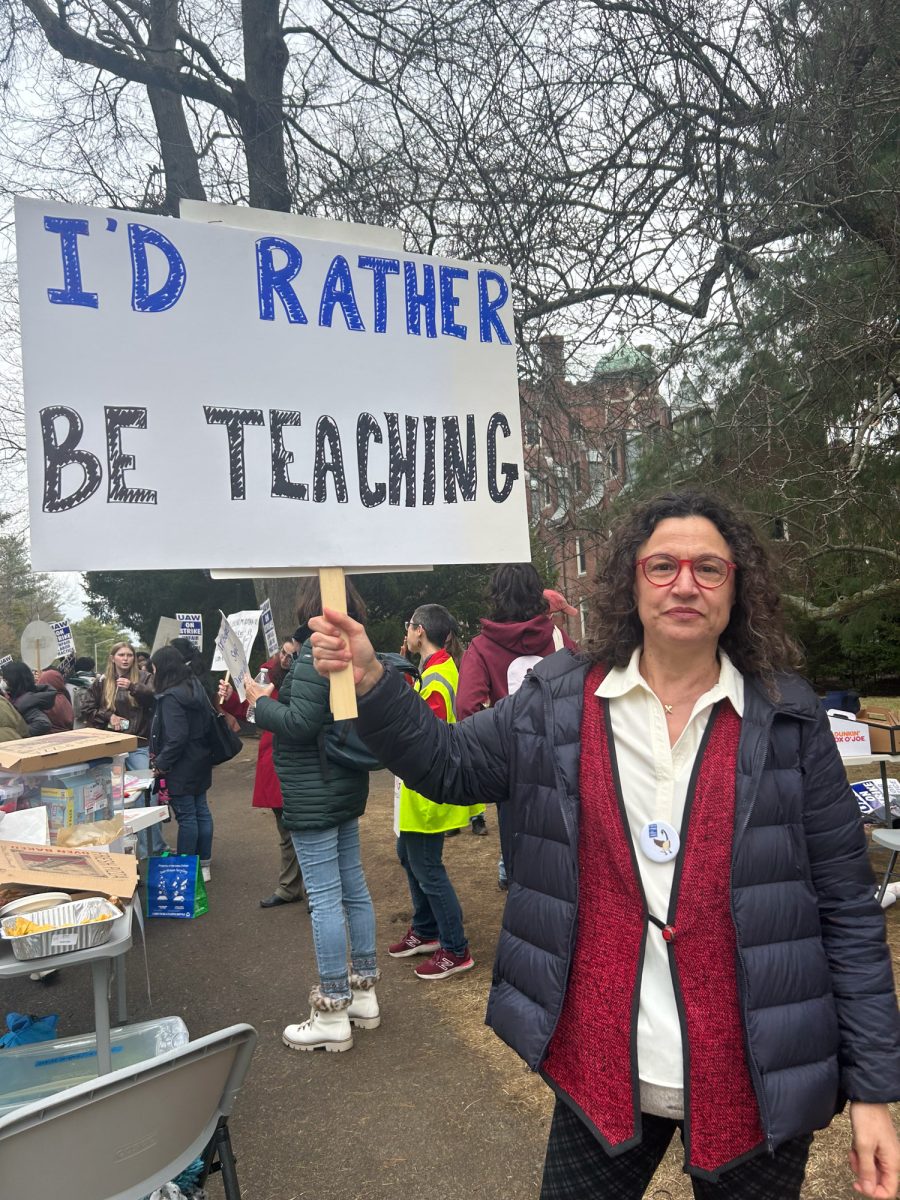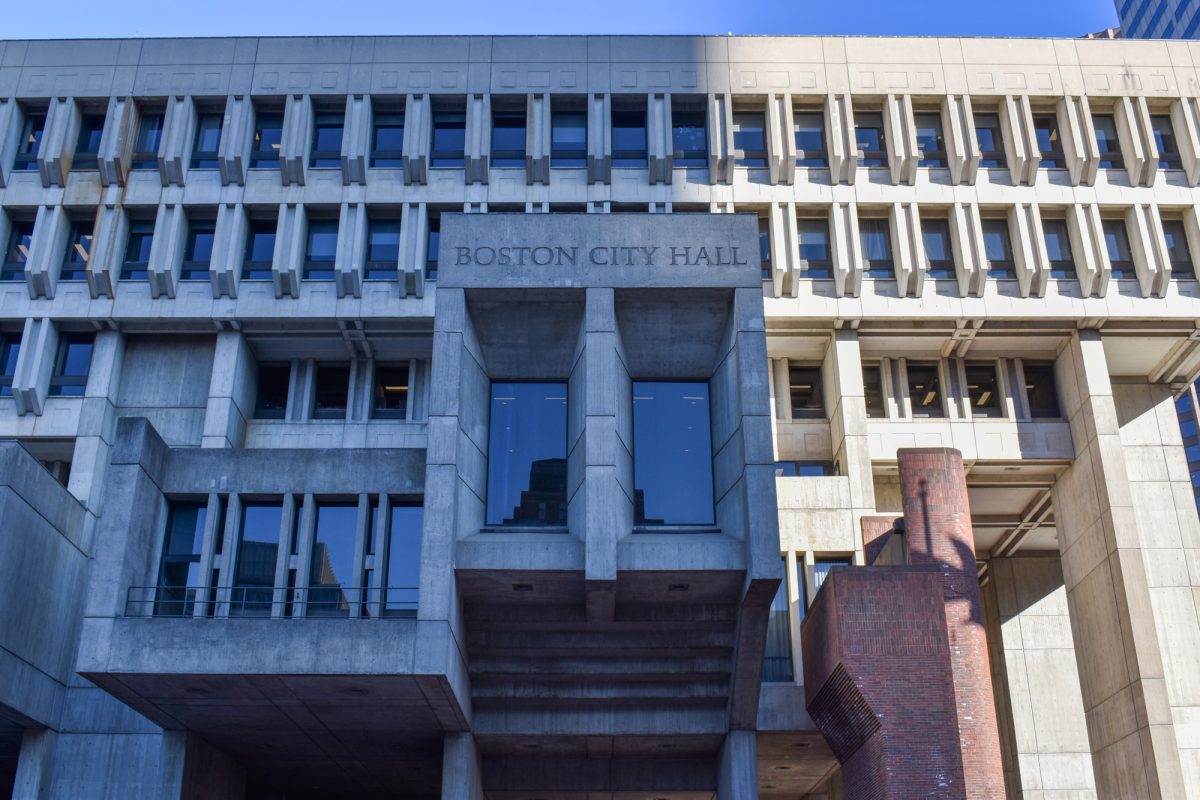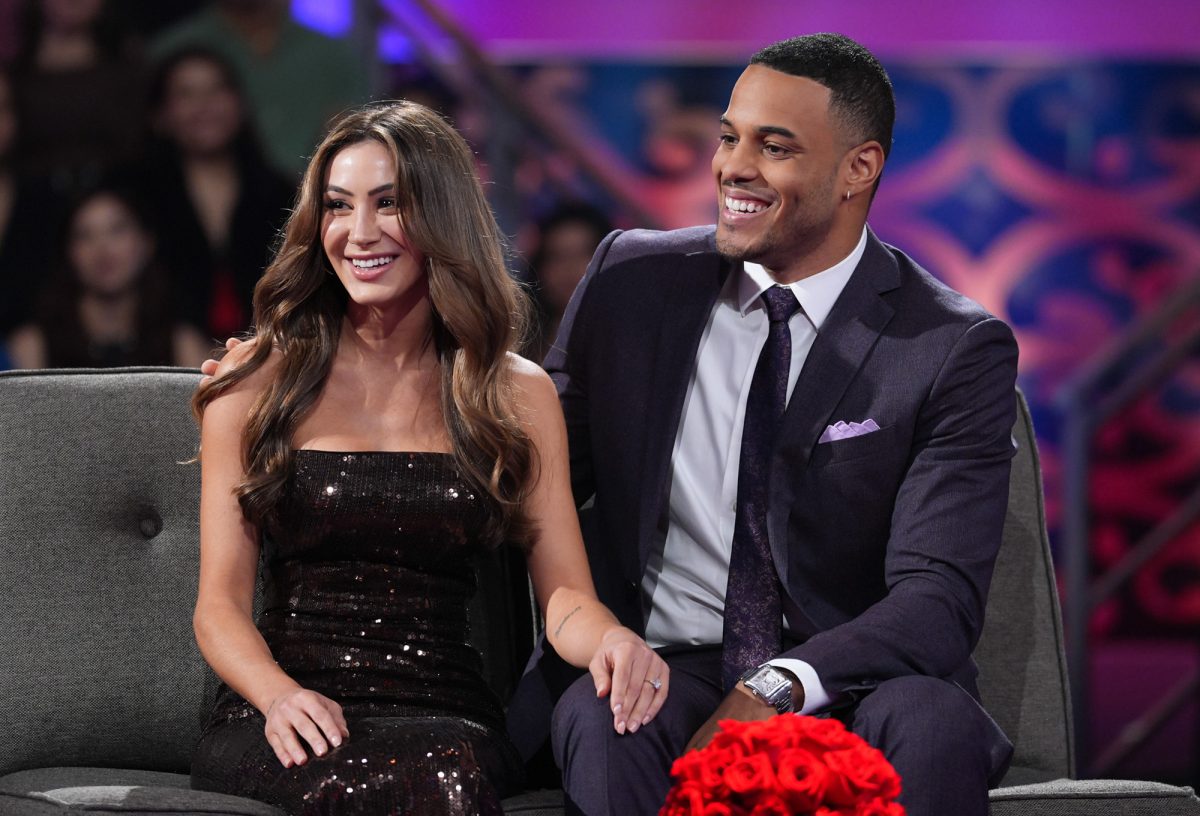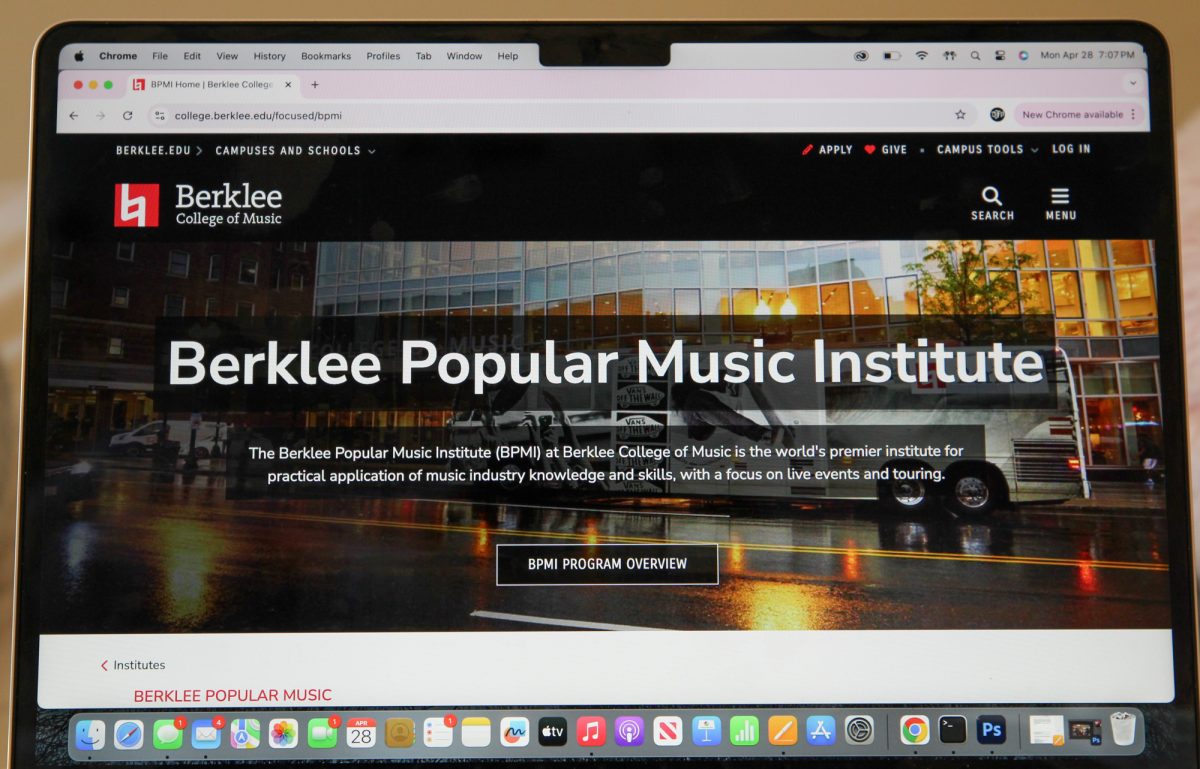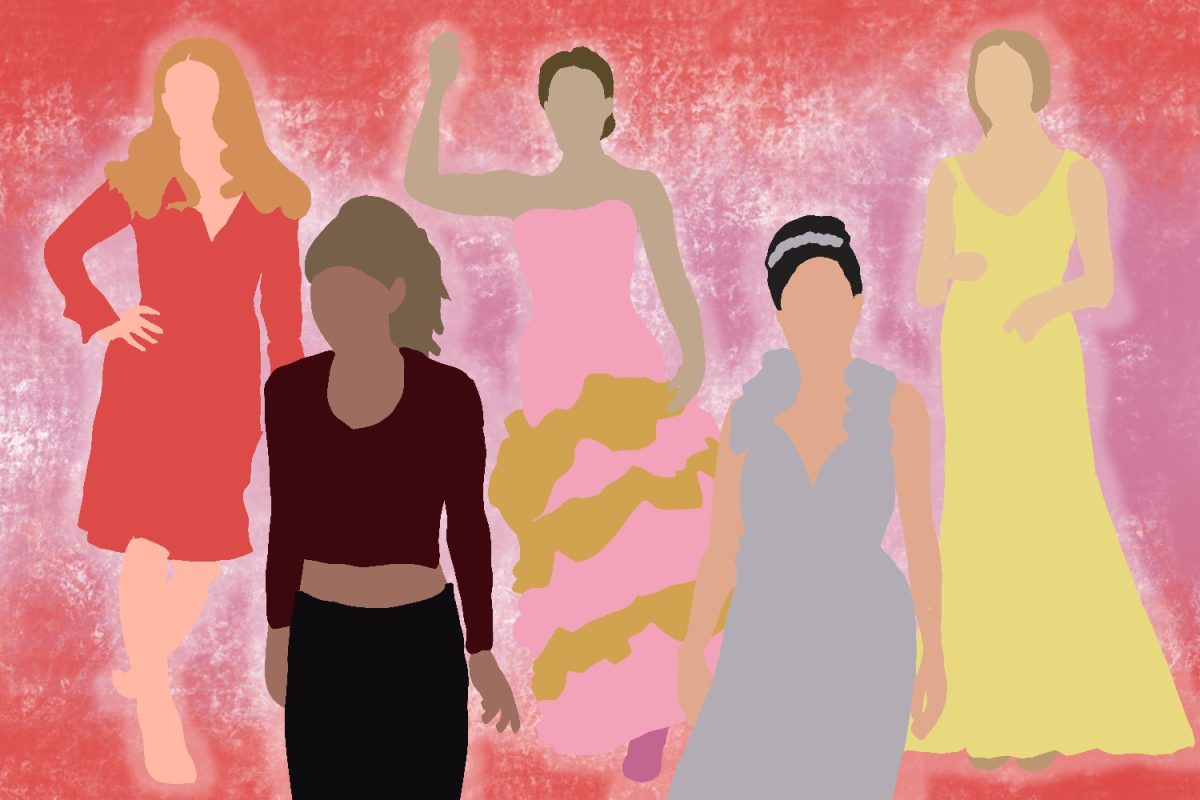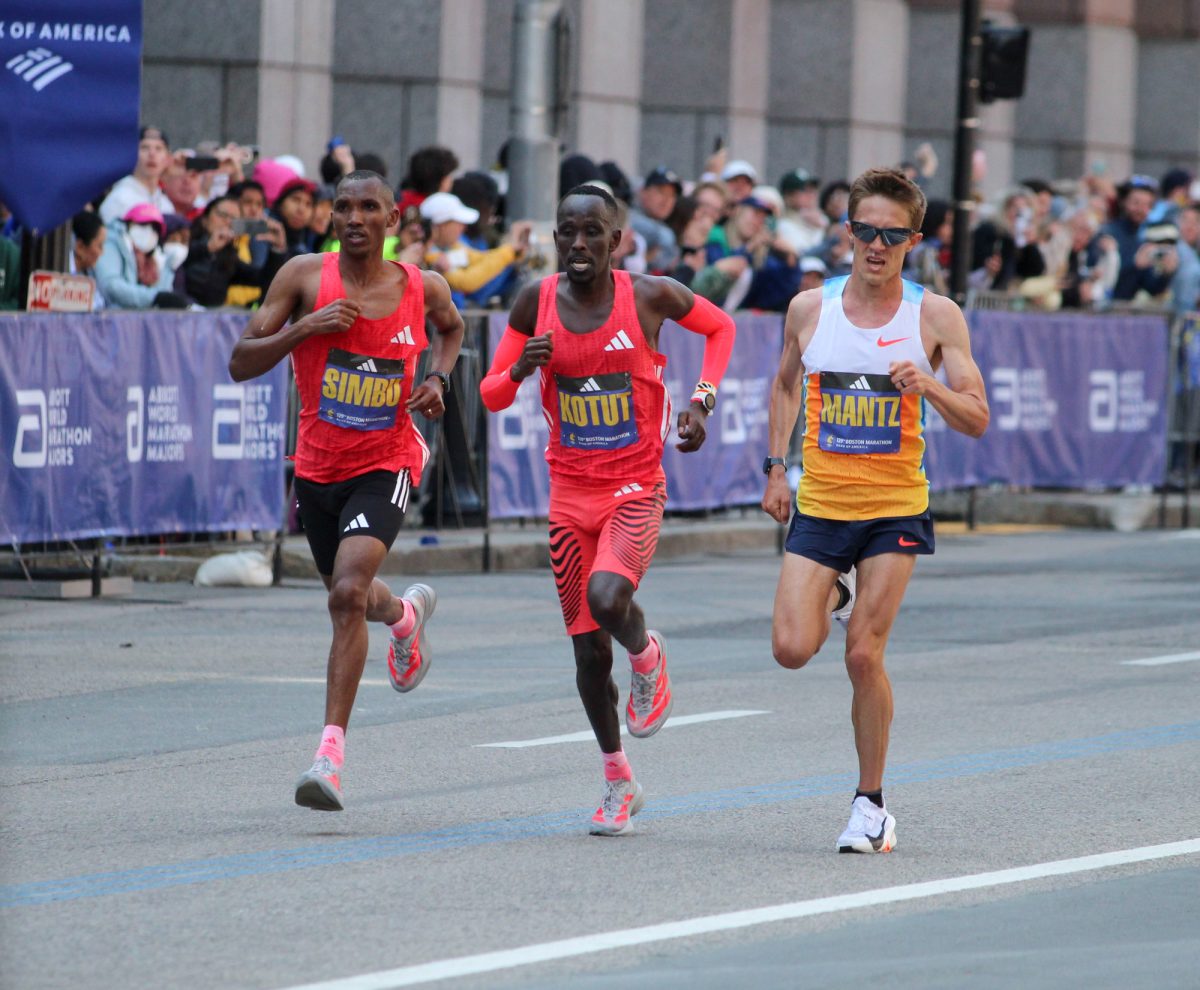More than two decades have passed since the National Minimum Drinking Age Act passed and states began to set the legal mark for drinking at 21. Two decades is a long social experiment, and it’s time to evaluate the full effects of the 1984 legislation.
Today’s voting adults span generations with different minimum-drinking ages. According to the Alcohol Policy Information System, the legal drinking age was generally set at 21 following the repeal of Prohibition. After the 26th Amendment lowered the voting age from 21 to 18, 29 states lowered the minimum drinking age to 18. In 1987, the U.S. Supreme Court ruled it is constitutional for Congress to encourage states to set a minimum drinking age by restricting federal funding with the 1984 act. By 1988, all states had conformed to the present-day standard age of 21.
Today’s electorate is comprised of adults who drank at 18 and adults who drank at 21 — parents who scorn underage drinking and those who look the other way. Today’s legislators had their first legal drink at different ages. The advocates and legislators who pushed to raise the drinking age have seen the results of the decision.
However, the results of the drinking-age requirements are disparate and difficult to analyze, with agendas lobbying hard on all sides. While organizations like Mothers Against Drunk Driving offer a vocal and unified message about the drinking age, other adults are more quietly expressing their disapproval for the ban on drinking for those under 21.
Parents are setting the law in their own homes, hosting supervised parties in which they serve alcohol and allow underage children to drink. William and Patricia Anderson hosted a post-prom party for their son in Rhode Island in 2004, resulting in William Anderson’s arrest, though charges against him for giving alcohol to minors were later dropped.
More loudly, 18- to 20-year-old adults express their disregard for the law on weekends in frat houses and with fake identifications around the country. Some young people wait to legally drink, from high school graduation to a college birthday, all the while keg-partying and using connections to 21-year-old alcohol to purchase alcohol.
Since the 1980s, social attitudes about alcohol, drunk driving, designated drivers and other complex social issues have evolved. Middlebury College President emeritus John McCardell’s 250-page report advocating a drinking age of 18 represents a need for a renewed discussion about when and how it is appropriate and safe for young people to begin drinking.
While McCardell’s contribution combines several discussions about the age of legal drinking, no practical actions can be taken until Congress revisits the original legislation that coerces states to set particular drinking ages.

